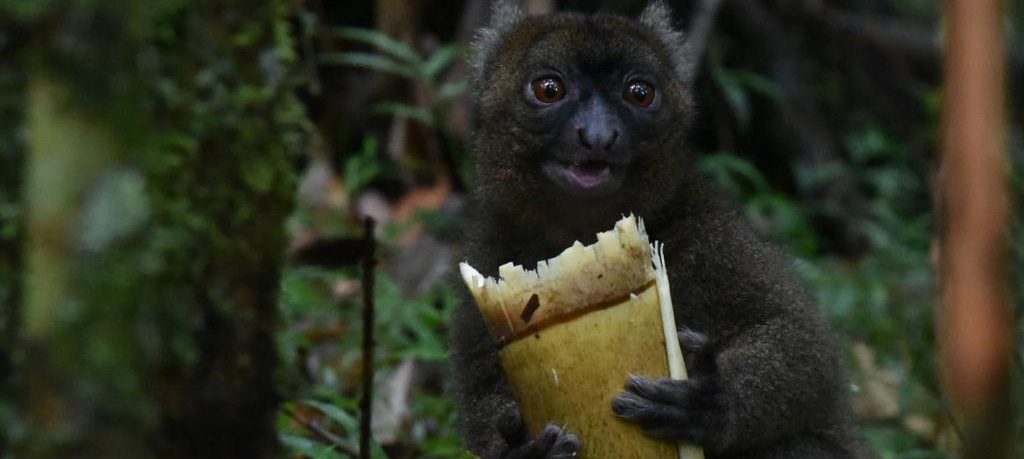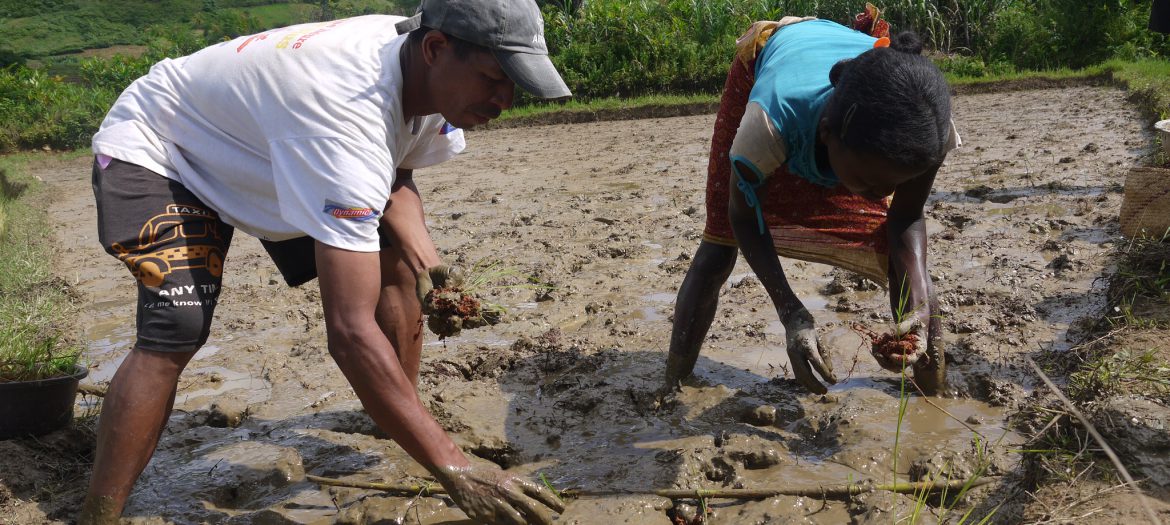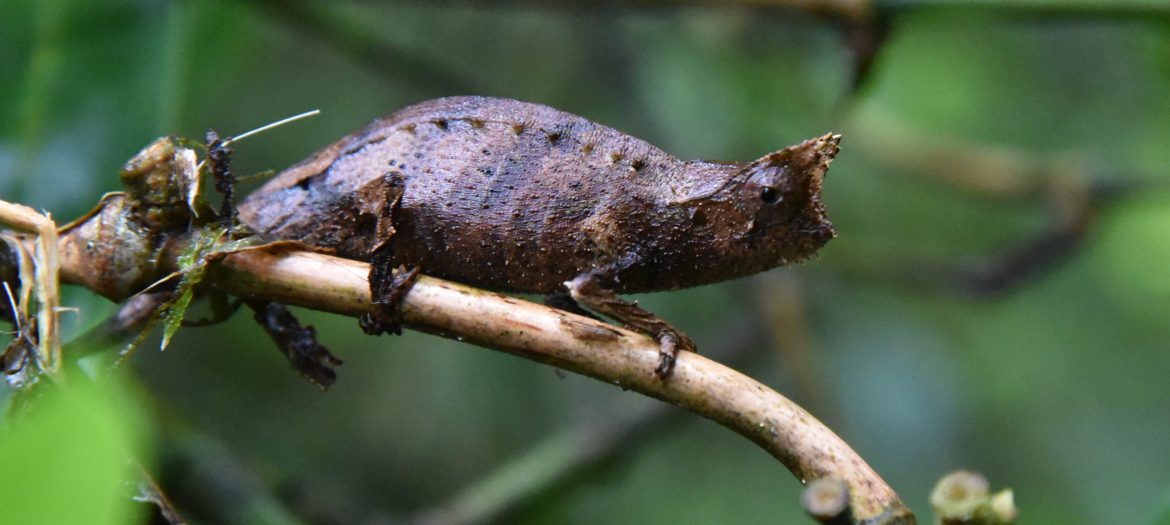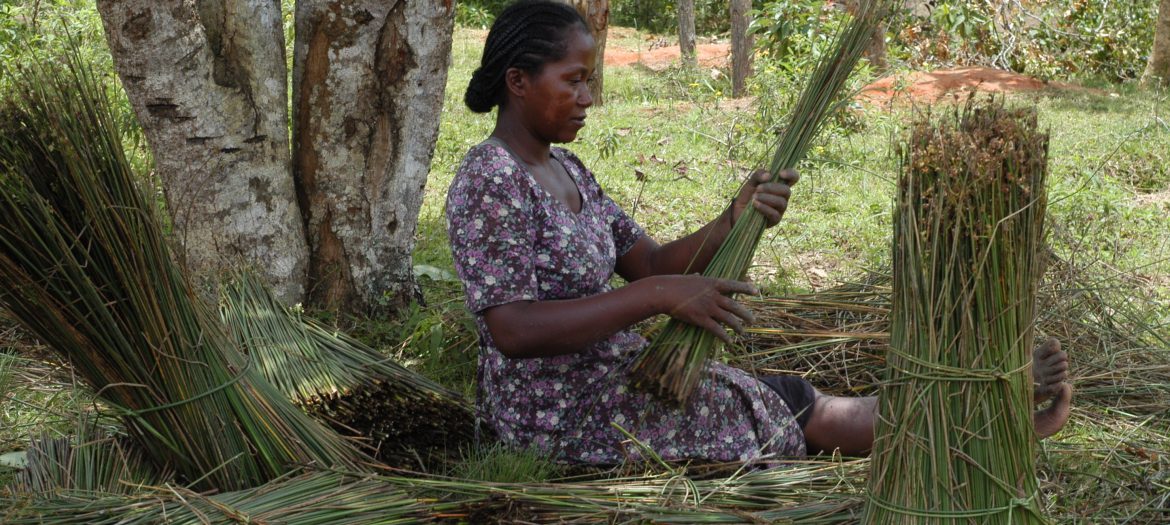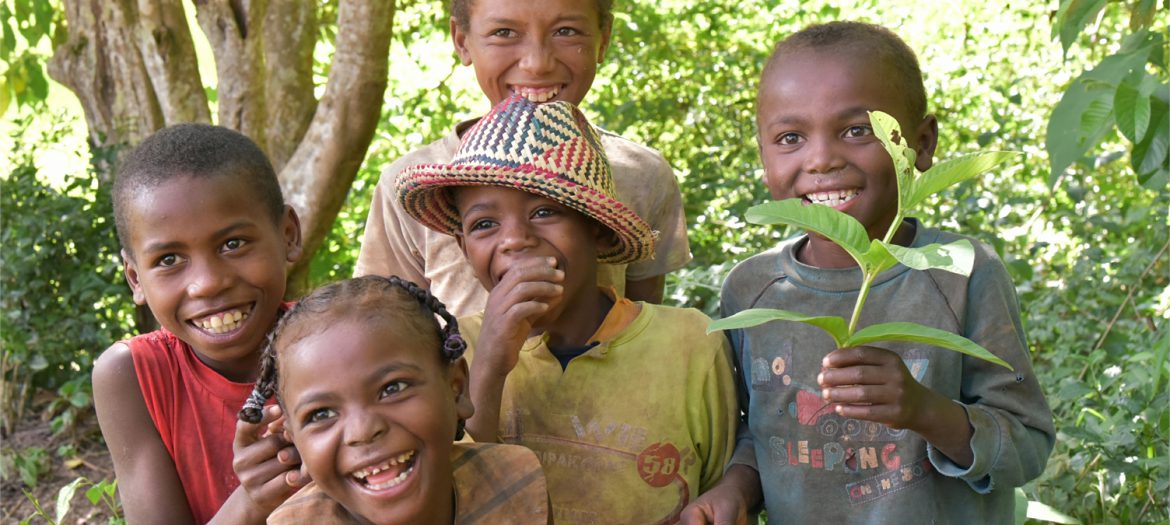The Amoron’i Mania region is home to the largest area of Tapia forest in all of Madagascar. The forests are divided between 3 different zones: Manandriana, Ilaka-Ambohimanjaka and Ambatofinandrahana. Tapia forests are amongst the last surviving primary forests in the Malagasy highlands. Unfortunately, Tapia forests are rapidly being degraded and fragmented due to various anthropogenic pressures including clearing for crop expansion, the production of charcoal and bush fires used to create pastures.
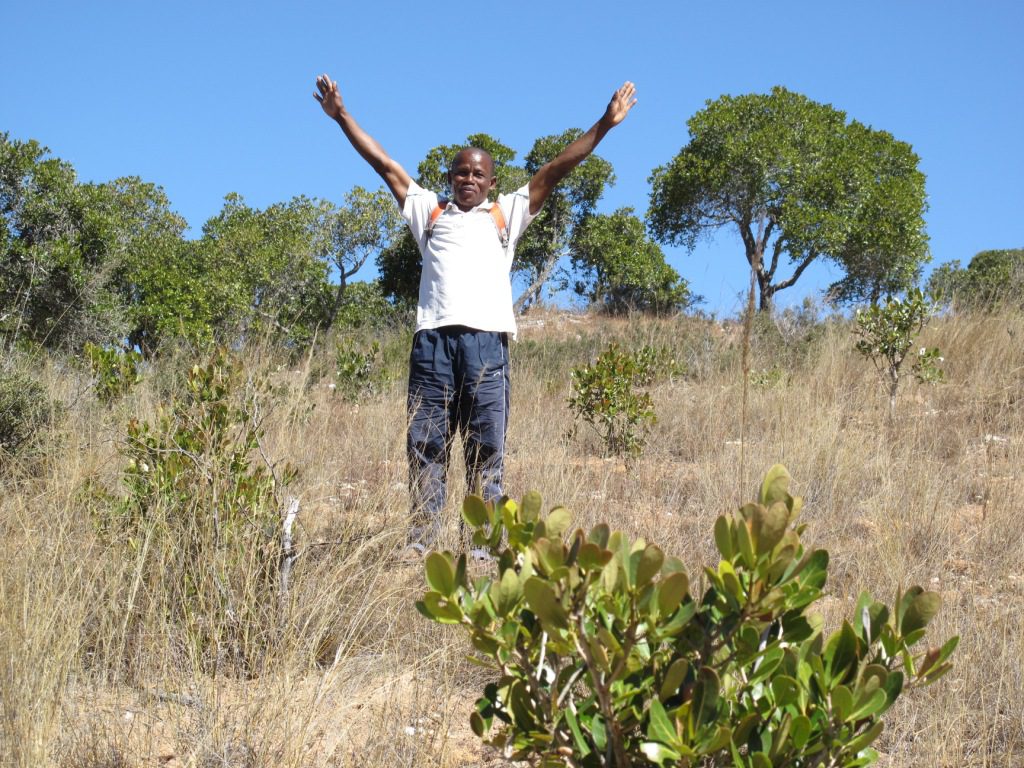
The Tapia, Uapaca bojeri, is also the main food plant for wild silk worms (Borocera madagascariensis). Both the tree and the worm species are endemic to Madagascar. Thus, the Amoron’i Mania region is the largest supplier of wild cocoons used by local artisans. The cocoons are exported across the island. Tapia forests also carry out important ecological functions vital to the forest systems such as the protection of soil against erosion, such that local people can continue collecting the flora vital for their survival, (such as mushrooms, medicinal plants, plants for dyeing…).
Ny Tanintsika supports 21 grass-roots communities to preserve the Tapia forest’s biodiversity. These 21 communities have signed forest management contracts with the Ministry of Environment, Water and Forests, agreeing to carry out development work every year, including Tapia tree-planting and creating firewalls, and the establishment of a system to collect and reproduce ‘landibe’ silk cocoons.
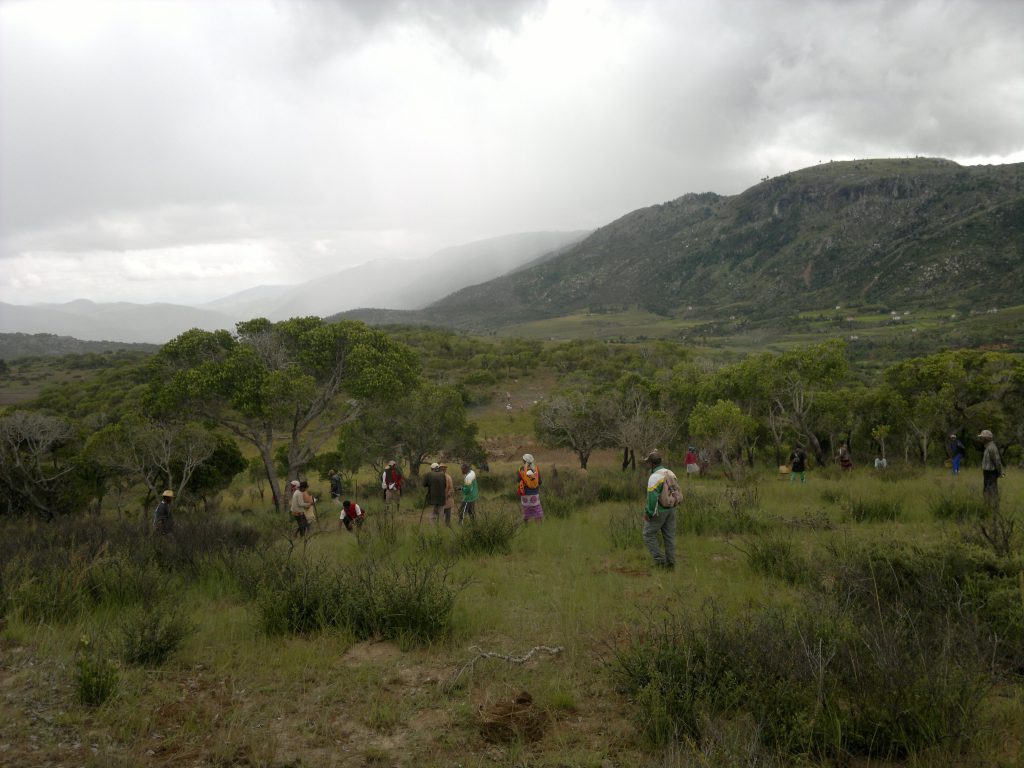
In 2002, Ny Tanintsika began to reproduce the Tapia in breeding nurseries, with successful results. Trees that were planted in 2002 now measure 2 metres in height and every year more than 100,000 feet of Tapia are planted as part of the forest’s restoration.
To achieve these results, community nursery gardeners have been trained in seed-breeding methods and in the management of the nurseries. In October, which is the fruiting season for the Tapia, the nursery gardeners collect the ripe fruits, treat them to promote their conservation and their germination and put them into pots previously prepared by other members of the community. In 2015, Ny Tanintsika began to use VAM (Mycorrhizae) technology for the production of Tapia plants to improve their resistance post-transplantation.
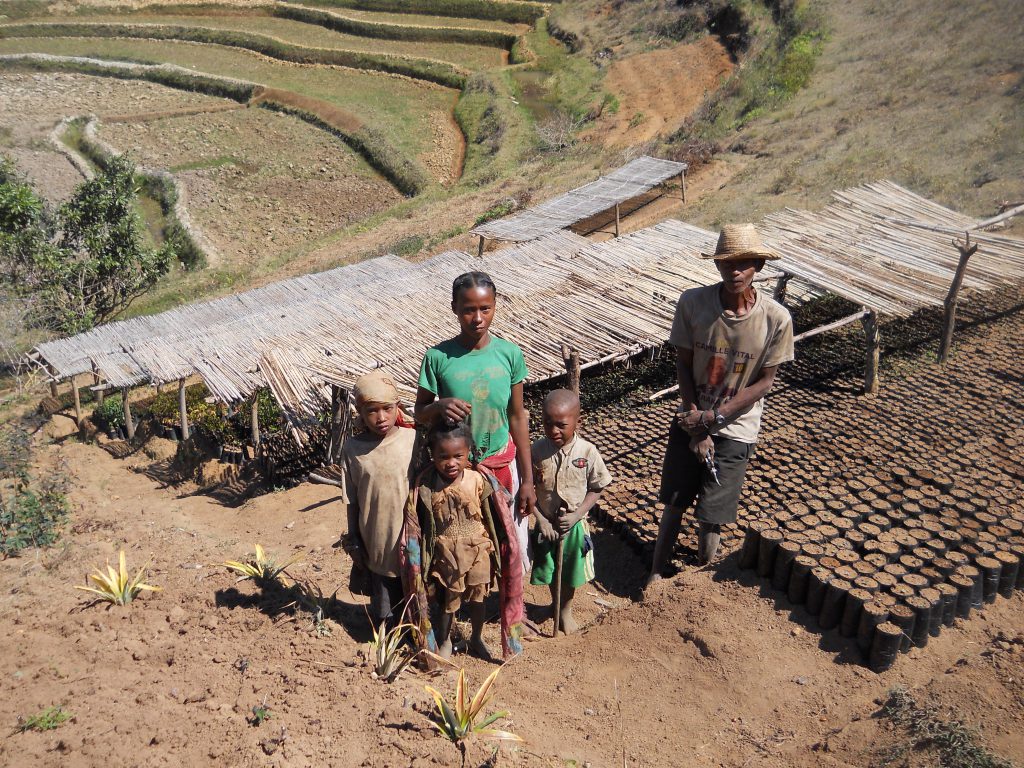
The invasion of these forests by species such as the pine poses a significant threat to the Tapia forests. Tapia settlements are at risk of being unsettled as the pine and other alien plants can degrade the quality of the soil and render impossible the establishment of native plants. For many years, forest management associations have been trying to dispose of the pines in the Tapia forests. The pines can even sold, the money from which can be channelled into the community fund to carry out further development work.
In 2005, Ny Tanintsika won the World Banks’s 2005 ‘Development Marketplace’ award for the project ‘community woodlands and silk in Madagascar’.




